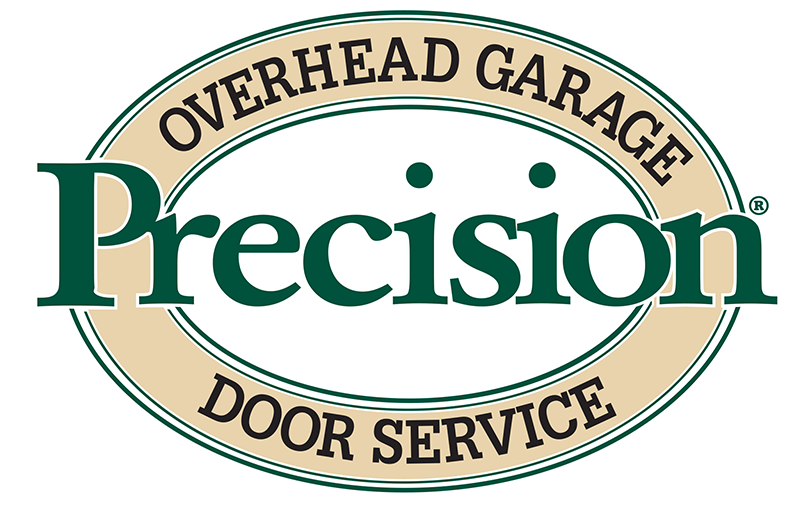Handy Homeowner Garage Door Inspection Checklist
Even when you live in a moderate climate, spring is a favorite time of the year to take care of projects around the home. One that’s sometimes overlooked is a spot inspection of your garage. Making sure that everything is in proper working order is one of the best ways to avoid mechanical problems that lead to garage door repairs in Visalia.
Visual Inspection: Know What To Look For
The visual inspection should begin with your doors closed. Stand outside and look for dents, rust spots, and cracked, chipped, or peeling paint. Move to the inside of the garage and check the rollers, tracks, springs and hinges for signs of wear or looseness. Is the bottom gasket seal looking ragged or dried out?
Mechanical Inspection: Improve Your Performance
Now you can open the garage door to check for smooth operation, vibration, and noise. Do the springs and rollers run smoothly on the tracks? Are there areas where they are sticking or halting? You can use a leaf blower to remove any dirt and debris from the tracks and components, and then try opening and closing the doors again when you’re done. As long as the tracks are straight, which you can check with a level, oil the moving parts with a lubricant that’s specially made for garage doors; never use WD-40. Tighten the tracks and any loose bolts or screws that you see.
Safety Inspection: Keep Your Door Safe
Automatic garage doors have safety mechanisms in place to prevent doors lowering and damaging property or injuring people. It should halt operation and reverse if the sensors detect something obstructing the doorway. This can be checked by rolling a small wagon or similar object into the path of the closing door. Next, disable the automatic door to check its balance. When you close it halfway, it should remain in place until you manually complete the operation or raise it again.
Preventative maintenance is one of the most cost-effective things you can do for your home. A detailed, professional inspection of your garage door is important for safety and mechanical reasons. However, the more you know about how all of the components look and sound when they’re working properly, the faster you’ll be able to respond when you notice something amiss.











